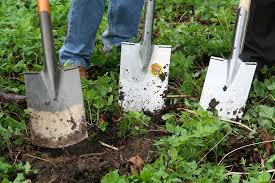 Once upon a time there were three brothers who inherited a nice piece of land. Although they were different personalities with different approaches to life, they got along well. They decided to clear the land and split it up into three equal pieces so that each of them could develop and use it for their own purposes.
Once upon a time there were three brothers who inherited a nice piece of land. Although they were different personalities with different approaches to life, they got along well. They decided to clear the land and split it up into three equal pieces so that each of them could develop and use it for their own purposes.
The first brother was a kind of ‘go with the flow’ type. He decided not to put any effort into his piece of land and just let nature take its course. He was just curious what nature would offer him spontaneously, what kind of flowers, herbs, trees and maybe berries or other fruit it might offer and what kind of animals would live there. The land didn’t need any effort from him nor did he need to hire someone to help him.
The second brother was a commercial guy. He decided to create an orchard on his land with as many trees as possible to grow the type of apples that were so popular and high in demand.
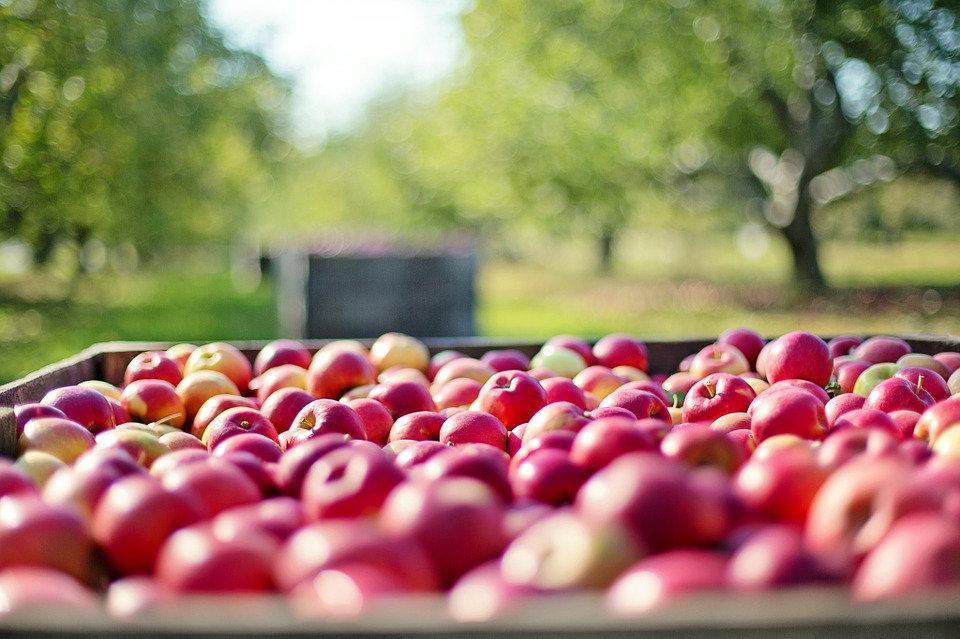 He bought trees that would bear fruit next year so the return on investment wouldn’t be too long. Besides that, his trees would bring him nice blossom in the spring and shade in the summer.
He bought trees that would bear fruit next year so the return on investment wouldn’t be too long. Besides that, his trees would bring him nice blossom in the spring and shade in the summer.
At the end of each summer he had to take countermeasures to keep the birds from eating his apples, he had to harvest the apples at the right moment and prune the trees at the end of winter. At some points during the year he had to hire some people to do the necessary work.
The third brother wanted to create his ‘dream’ garden. Together with a landscaper he created a design that would allow him to enjoy the garden all year long.
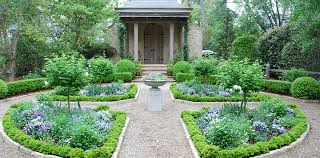 In spring there would be blossoms and early flowers, in summer even more flowers and berries and the trees would provide shade and some fruit. During autumn late flowers and trees carrying beautiful autumn leaves would provide different beautiful colours and even in winter some colours would remain. Besides the beauty of the plants and trees, the design aimed to attract the most beautiful birds and butterflies all year long.
In spring there would be blossoms and early flowers, in summer even more flowers and berries and the trees would provide shade and some fruit. During autumn late flowers and trees carrying beautiful autumn leaves would provide different beautiful colours and even in winter some colours would remain. Besides the beauty of the plants and trees, the design aimed to attract the most beautiful birds and butterflies all year long.
It would take a serious investment to pay the landscaper and to buy all the plants and trees and he also needed some patience so this ecosystem could grow to its full potential. He also had to hire a gardener to do the necessary gardening work all year long.
Similarly, if we look at leadership development different approaches are also possible. We can use the garden metaphor to elaborate on those approaches. An organisation could choose the ‘let nature take its course’ leadership development strategy and just go with the flow. Just by doing one’s work, getting feedback from peers, looking at one’s performance data and being involved in changes one can learn a lot. Moreover, principles from social psychology such as ‘pecking order’ and informal leadership will naturally shape leaders and processes like ‘the survival of the fittest’ will take effect. Just like with the piece of land of the first brother, you will get some results but they will be rather unpredictable. Or as Forrest Gump’s mother would say: life is like a box of chocolates, you never know what you gonna get.
Sometimes you might be happily surprised, and sometimes disappointed. This might sound attractive from a financial perspective but one should also take into account the possibility and risk of a ‘natural disaster’. Approaching leadership development from the orchard perspective shows some different results. One could think of a standardised leadership development program consisting of logical interventions as building blocks. It is a much more organised approach and it leads to rather predictable results. You need to have a clear idea of the results you would like to achieve to start with and the why, what, how and when of activities that have to be done. Once designed and put into place, this kind of program is rather easy to manage, it provides clarity, and it is predictable. It is also easy to calculate investments in terms of time and money as well as the revenues of such a program.
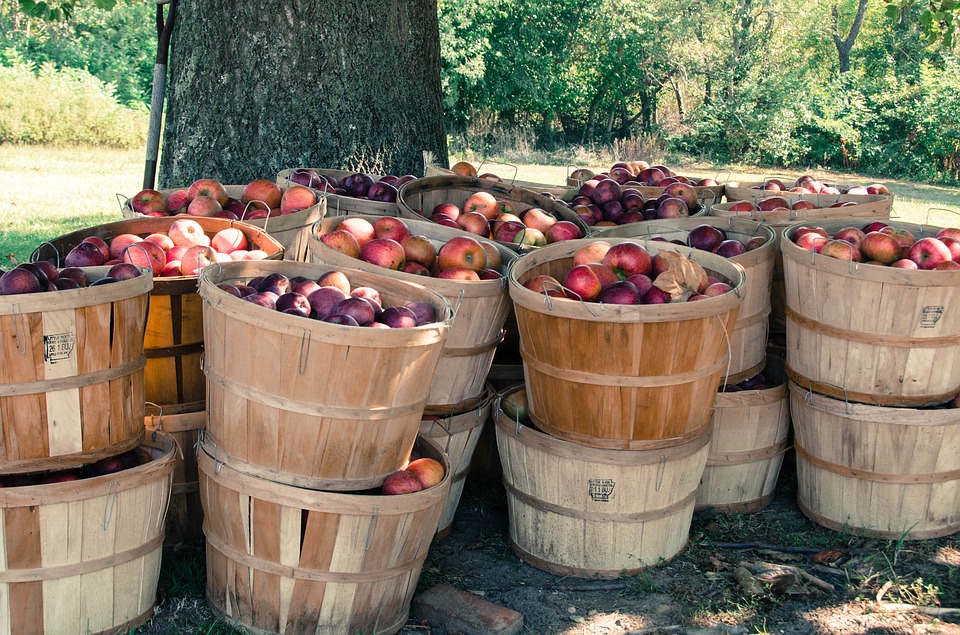 This more rational ‘blue print’ type of approach might be very effective and efficient. The downside can be seen from the orchard example. What if our popular apples are not so popular next year? What if another type of apple or fruit becomes more popular? The results of our orchard will still be apples but they will be less value or even ‘obsolete’. What if a specific disease strikes our type of apple trees? We might have no fruit at all at the end of the season. We might have to face the high costs of replacing the trees and wait for the next year to gain some revenue. With at an ‘orchard like’ leadership development program, disruptive changes might influence our organization and its leadership needs; the program might become less effective or obsolete. Developing a new program might require a huge budget and a lot of time before the next program is available.
This more rational ‘blue print’ type of approach might be very effective and efficient. The downside can be seen from the orchard example. What if our popular apples are not so popular next year? What if another type of apple or fruit becomes more popular? The results of our orchard will still be apples but they will be less value or even ‘obsolete’. What if a specific disease strikes our type of apple trees? We might have no fruit at all at the end of the season. We might have to face the high costs of replacing the trees and wait for the next year to gain some revenue. With at an ‘orchard like’ leadership development program, disruptive changes might influence our organization and its leadership needs; the program might become less effective or obsolete. Developing a new program might require a huge budget and a lot of time before the next program is available.
The third option is the designed garden or ecosystem style of leadership development program. One should have a vision and plan of what the ecosystem should look like in the future. From there the next step would be to gather and put in place all the building blocks that create the eco system. This would include all kinds of formal, informal and social learning interventions, a learning and collaboration platform and the involvement of all stakeholders with specific roles adding value to the ecosystem.
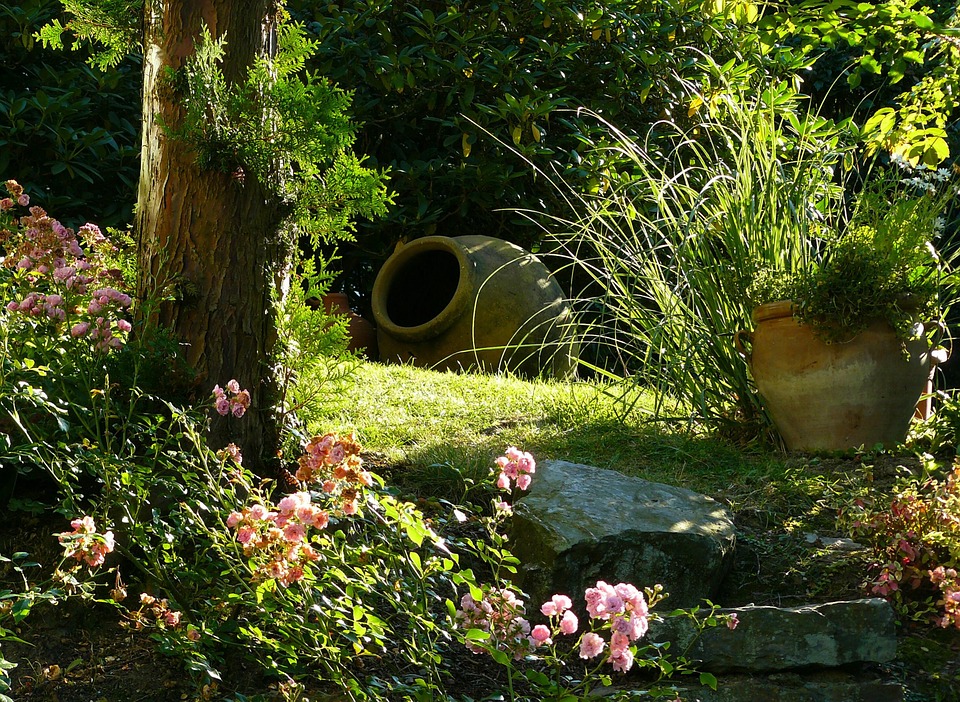 An important feature of an ecosystem is the interconnection and interdependency of each part in the ecosystem and the ability to add specific qualities to the whole. In terms of leadership development, this would mean the creation of a vibrant community working together, adding value, sharing experiences, creating and joining learning interventions. Thus provides lots of opportunities to develop leaders. Like the designed garden, one has to be patient. It won’t be available over night; it needs to grow over time. And like the garden, the leadership development ecosystem needs ‘gardening’ all year long – the type and intensity of the work to be done depends on the season. If one part of the ecosystem becomes obsolete, it will be easy to support it with other parts or replace it. The gardener takes advantage of nature’s power of growth and sometimes helps nature by adding water or fertilizer, removing weeds and dead plants, and pruning for a better result.
An important feature of an ecosystem is the interconnection and interdependency of each part in the ecosystem and the ability to add specific qualities to the whole. In terms of leadership development, this would mean the creation of a vibrant community working together, adding value, sharing experiences, creating and joining learning interventions. Thus provides lots of opportunities to develop leaders. Like the designed garden, one has to be patient. It won’t be available over night; it needs to grow over time. And like the garden, the leadership development ecosystem needs ‘gardening’ all year long – the type and intensity of the work to be done depends on the season. If one part of the ecosystem becomes obsolete, it will be easy to support it with other parts or replace it. The gardener takes advantage of nature’s power of growth and sometimes helps nature by adding water or fertilizer, removing weeds and dead plants, and pruning for a better result.
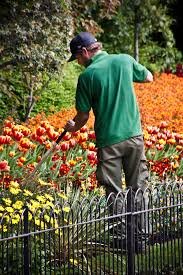 The ‘gardener’ of the leadership development ecosystem creates structure, optimises circumstances, creates connections between people, aligns with strategy, renews interventions, stimulates cooperation, prunes obsolete parts, starts conversations, harvests results, pushes or pulls relevant stakeholders into position, offers platforms for cooperation and facilitates knowledge sharing to let the ecosystem bloom to its full potential, thus creating maximum results for leadership development.
The ‘gardener’ of the leadership development ecosystem creates structure, optimises circumstances, creates connections between people, aligns with strategy, renews interventions, stimulates cooperation, prunes obsolete parts, starts conversations, harvests results, pushes or pulls relevant stakeholders into position, offers platforms for cooperation and facilitates knowledge sharing to let the ecosystem bloom to its full potential, thus creating maximum results for leadership development.
All three approaches can be effective for organizations today, depending on their specific situation and context. I have to say that I feel privileged to work with clients on their leadership development programs based on the ‘designed garden’ approach. I have worked with some of these clients for many years and during that time we have managed to create effective eco-systems for learning that still need gardening every year. I also have to be honest and admit that I prefer these kinds of gardening activities much more than the ones in my own backyard.
I want to thank Ollie of Noddlepod – a tool for collaborative learning and leadership development – for inviting me to present the first draft of my ideas on ‘A Garden Metaphor for Leadership Development’ at the Noddlepod breakfast meeting in Berlin. And believe me or not – Ollie’s full name is Olaug N. Gardener.
About Geir Driesen
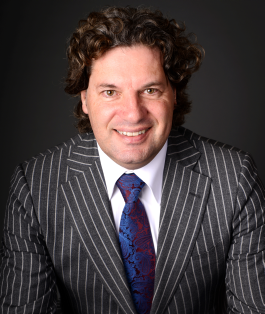
Ger Driesen is an international renowned thought leader in the field of learning, leadership and talent development. As a ‘Trendcatcher’ and seasoned professional he is a frequently asked writer and speaker at international conferences and rewarded with the ‘Learning & Development Leadership Award 2013‘ from the World HRD Congress.
Since the beginning of 2000 , Ger Driesen also formalised his involvement in Challenge Leadership Development as one of two CEO’s. With varying specialties developed over the years, he shines by combining roles as a consultant and a trainer in the following:
- Design & Delivery of Leadership Development & Talent Development Programs
- Strategic Learning & Development consultancy (policy, processes, alignment)
- The Future of Leadership & Learning and Reverse Mentoring
Connect with Ger on his linkedin profile or read more about his work here.